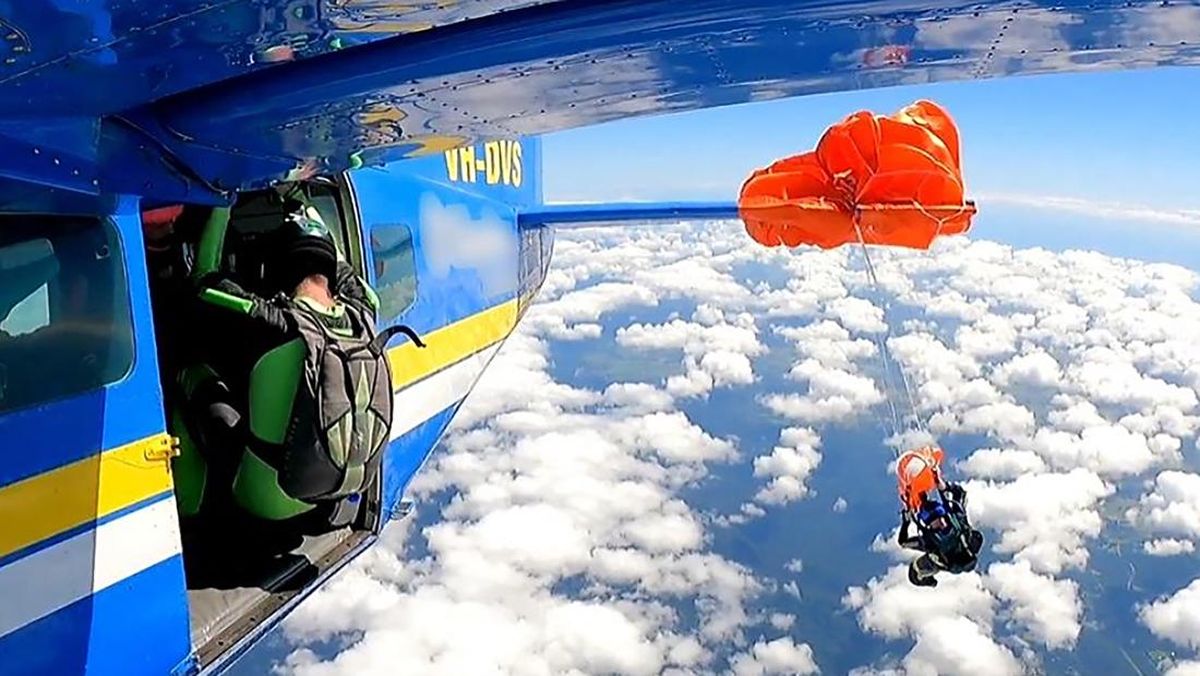As a spotlight is shone on Australia’s fast bowling, a leading physiotherapist has revealed how the next generation can be protected from a common plight.
Dr Kevin Sims, who spent 20 years working with Cricket Australia and Queensland Cricket, describes back stress fractures as a problem that cannot be avoided completely, due to the balancing act required to prepare for elite-level bowling while managing recovery times.
Cameron Green and speed demon Lance Morris have had surgery in the past year after repeated issues, with Green only returning to bowling on the eve of the Ashes series beginning on November 21.

Lance Morris, Cameron Green and Callum Vidler are three pacemen to suffer back stress fractures in the past 12 months.Credit: Getty
Queensland teenage tearaway Callum Vidler is rehabilitating, but has not had surgery, having been earmarked for higher honours since his heroics at the 2024 under-19s One-Day World Cup.
“Essentially, what the surgery tries to do is just get a little bone graft and use a little bit of wire to provide a bit of compression that helps that area heal,” Sims said, stressing it should remain a worst-case scenario.
Loading
“There is a very specific part of the lower back where these fractures happen.
“The problem is, this area doesn’t heal well … you could say the blood supply to the area is a little limited.”
Morris, long touted as a future spearhead of Australia’s attack, will miss the entire summer at a time when Pat Cummins, Josh Hazlewood and Sean Abbott have been ruled out of the first Test.
While the latter duo both sustained hamstring concerns, Cummins – who dealt with stress fractures early in his career – is fighting to return from a lumbar bone stress injury, which Sims described as a “hotspot”.
Sims, now Tennis Australia’s national physiotherapy manager and lecturer at the University of Queensland, said athletes were most susceptible to stress fractures from ages 15 to 19, with the bone not fully developing until about the age of 22.
Suffering such a setback in those ages increases the risk of later injury.
He said a gamut of factors made the issue difficult to mitigate across a career.
“You can modify your technique to some extent, but it’s not that easy because you might have someone who bowls a certain way, and they’re very effective – fast and can swing the ball – so it’s hard to change if it then reduces their effectiveness,” Sims said.
“There are anatomical things that are genetic, the way you’re put together, the shape of the vertebrae, the angle of how one vertebrae sits relative to another, and the angle of the joints relative to each other can contribute.
“I think the data would tell you it’s probably not that avoidable.
“Everyone has a ceiling, so it’s putting a lot of strain on your spine when you bowl – the forces being transmitted through the body and up into the back are high forces.”
Australia’s longstanding reliance on Cummins, Hazlewood, Mitchell Starc and Scott Boland has exposed a perceived lack of bowling depth.
Brendan Doggett is tipped to become the first quick to make a Test debut since Boland on Boxing Day in 2021, while only four others have earned a baggy green since Hazlewood’s maiden appearance in 2014.
It is why Sims believed spinner Nathan Lyon had been crucial to their longevity, given how he could effectively tie up one end to afford the spearheads time to recover.
Loading
The key to mitigating the risks of stress fractures later in a bowler’s career, however, was in the way they were managed in their junior days, with Sims outlining the “one, three, five” guidelines: one day before a rest day, three days a week, and five-over spells. This method increases to “two, four, six” from an under-19s level.
“That idea of small increments over time is how you get to the resilience of Test cricket. If you spent your junior career in cotton wool ... you’re not going to succeed because you won’t develop the resilience to tolerate the higher loads,” Sims said.
“You’ve got to bowl enough to stipulate the changes you need to see to get the bone strong … but equally, if you do too much when you’re more at risk and get one, you’re also more at risk [later].
“It requires a lot of patience to become a Test bowler. It’s very rare you would get a 19-year-old bowler able to bowl in Test cricket safely without having a problem because it takes four or five years to get those adaptations to tolerate the volumes a Test bowler would bowl.”
Start the day with a summary of the day’s most important and interesting stories, analysis and insights. Sign up for our Morning Edition newsletter.
Most Viewed in Sport
Loading


















































